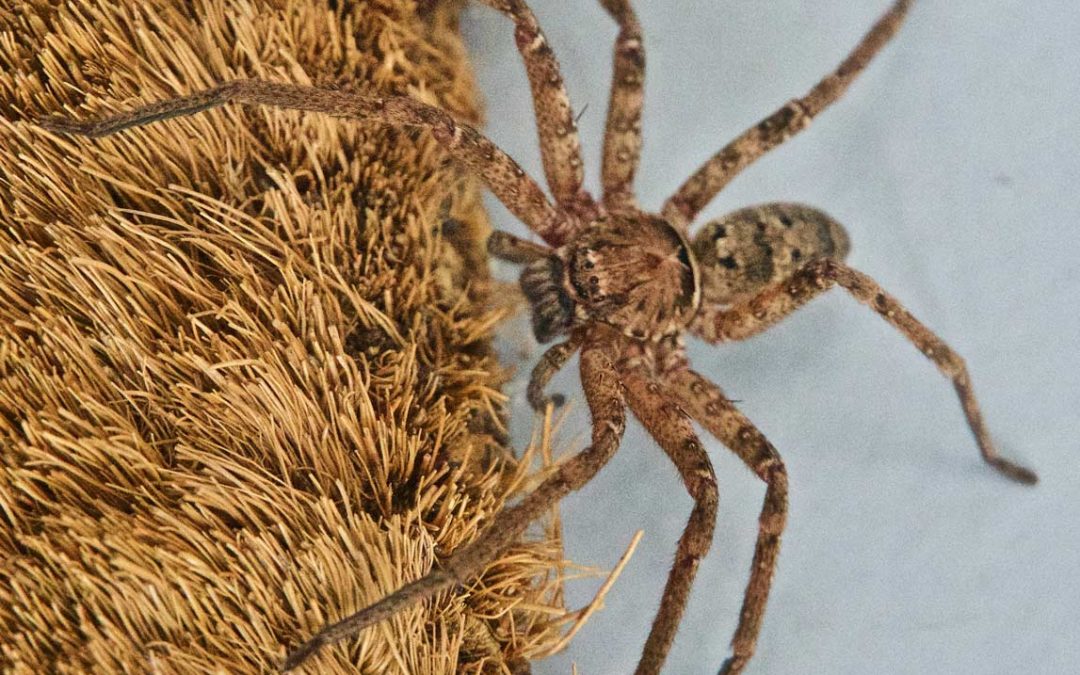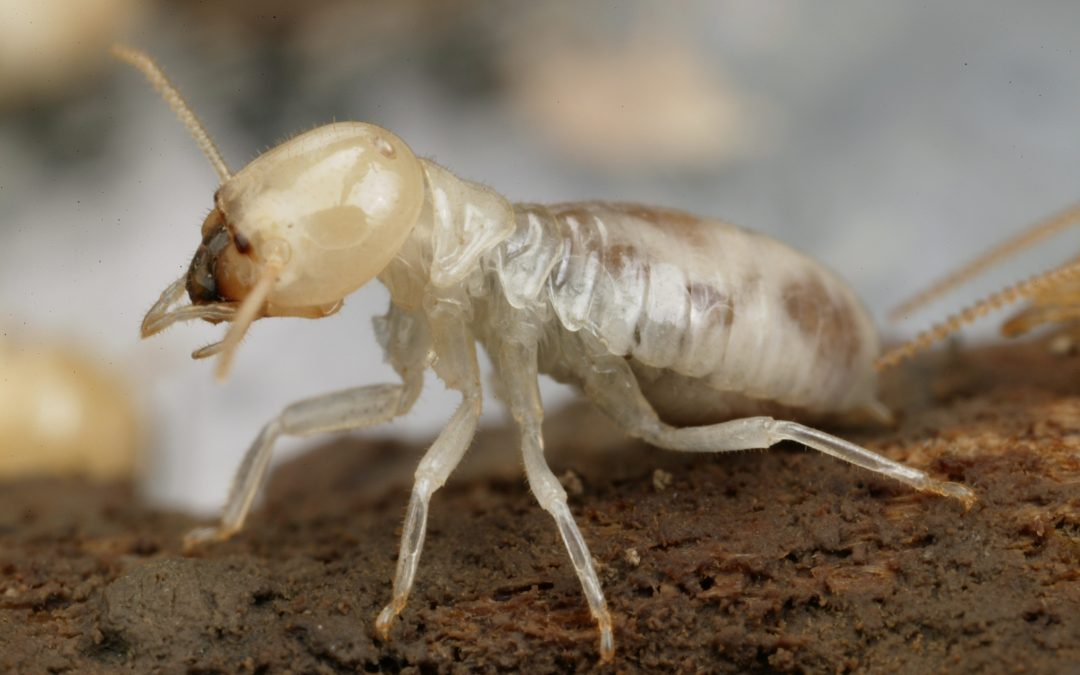
Dengue Fever: Treatment, Prevention and a Global Community
[page_title]

[page_title]
Dengue Fever: Treatment, Prevention and a Global Community
This article outlines the issues many Sri Lankan’s face every year and what can be done to help.
What is Dengue Fever?
There are four different strains of dengue virus (DENV 1, DENV 2, DENV 3, and DENV 4). Each type of dengue virus produces its own set of symptoms. However, all four types cause similar symptoms, making them hard to distinguish.
Dengue fever is an illness caused by a virus transmitted from mosquitoes to humans. It causes flu-like symptoms including high fever, severe headache, muscle pain, joint pain, nausea, vomiting, rash, and sometimes bleeding.
The disease is most common in tropical areas where there are large numbers of Aedes Aegypti mosquitoes. The mosquito carrying dengue virus bites during daytime when people are outdoors working or playing. People who have been bitten by infected mosquitoes may develop dengue fever within 2 weeks after they were bitten. Dengue fever usually lasts for several days but can last longer.
Most patients recover without treatment. However, if they have any of these signs or symptoms, they should call their doctor right away.
• Severe abdominal pain
• Blood in urine (hematuria)
• Bleeding under the skin (petechiae)
• Headache that doesn’t go away
Stuck with mosquitos? Our expert team is ready to help you now.
 or
or
Symptoms of Dengue Hemorrhagic Fever
There is no vaccine available to prevent dengue fever. However, there are several medications used to treat symptoms, including painkillers, anti-nausea drugs, and antibiotics. Some patients may need hospitalization for severe cases.
What is the best treatment for dengue fever?
If they have dengue fever, they should avoid other OTC pain relievers, including aspirin, ibuprofen (Advil, Motrin IB, others) and naproxen sodium (Aleve).
To treat severe cases of dengue fever at a hospital, doctors will give intravenous (IV) fluids and electrolytes (salts) to replace those lost through vomiting or diarrhea.
What is the fastest way to prevent dengue?
Keep doors and windows closed as much as possible, or invest in insect screens. While keepingdoors and windows closed as much as possible is a good way to prevent mosquitoes and other insects from getting in, this is not always the most practical idea.
Control measures are effective in reducing the incidence of dengue fever. These include larval source management, environmental sanitation, and community participation.
Larvae are the immature form of mosquitoes that live in water. They feed on decaying organic matter and excrete waste materials that provide nutrients for plant growth. Larvae are found in stagnant water sources such as ponds, tanks, and gutters.
Environmental sanitation refers to removing breeding sites of larvae. Environmental sanitation can be achieved through regular cleaning of drains and gutters, emptying of containers holding standing water, removal of rubbish, and covering of open spaces with netting.
Community participation involves educating communities about the importance of preventing breeding sites and encouraging them to participate in cleanups. Community members should be involved in identifying and reporting breeding sites and removing them.
Prevalence of Dengue Fever
The economic impact of dengue outbreaksis enormous. According to the World Health Organization (WHO), the annual cost of dengue infectionsin Sri Lanka was estimated at US$1.2 billion in 2010. This includes direct medical costs, indirect costs due to loss of productivity, and intangible costs associated with pain and suffering.
According to WHO estimates, the total number of deaths attributed to dengue fever in 2015 was 50 000 globally. Of these, 96% occurred in Asia and the Pacific region.
Sri Lankan government data shows that the average cost per case of dengue fever treatment in 2016 was $8.3. The majority of this cost ($7.6) was incurred by patients themselves through out-of-pocket payments.







